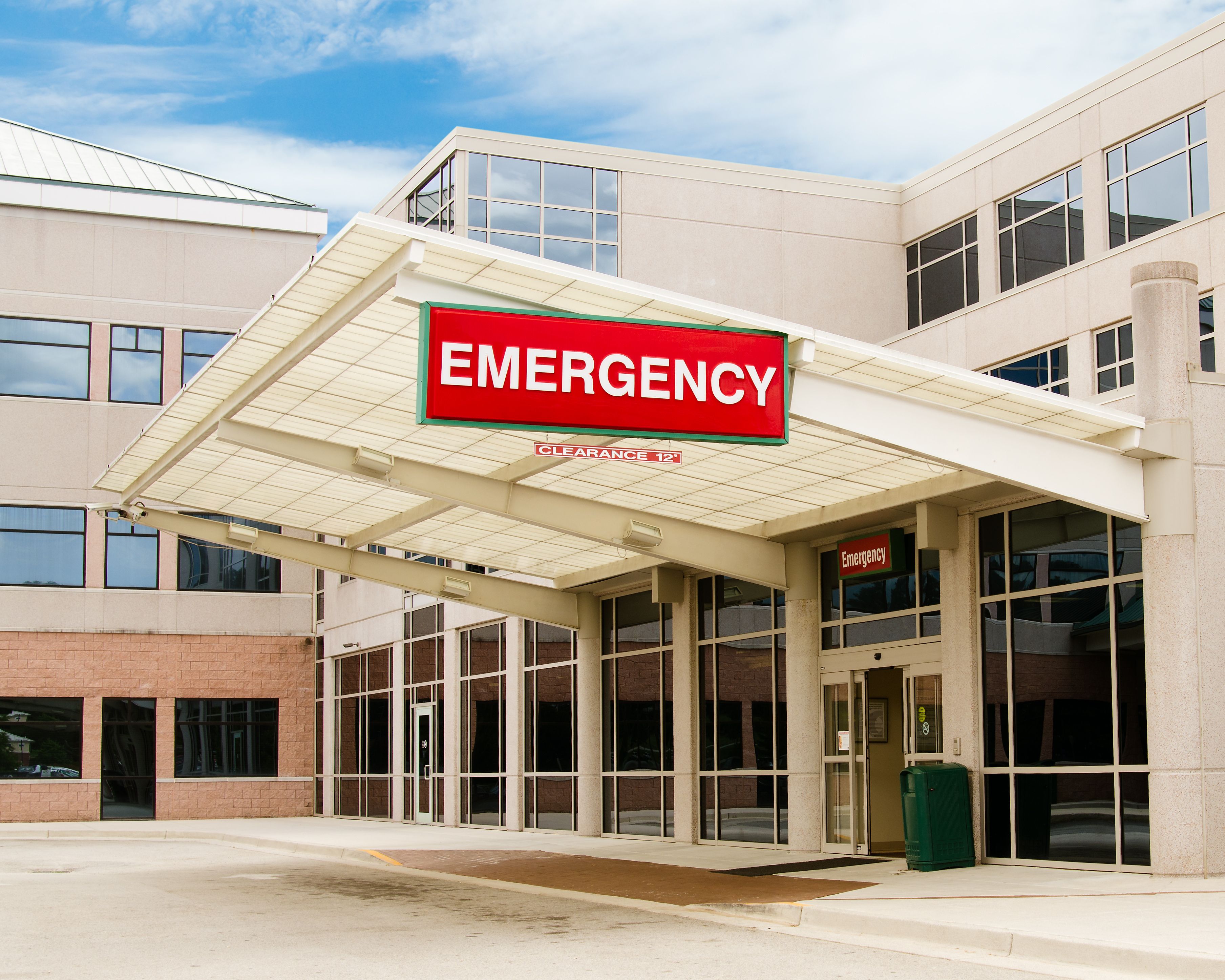News
Article
Study Highlights Factors Linked to ED Readmission Following Ovarian Carcinoma Surgery
Author(s):
Out of several factors, surgical complications were the only factor independently associated with emergency department (ED) readmission among patients who underwent surgery for ovarian carcinoma.
Patients with ovarian carcinoma are more likely to be readmitted to the emergency department (ED) if they experienced prolonged surgery, surgery in the afternoon, extended hospital stay, intraoperative bleeding, and postoperative complications.
Findings were published in BMC Women’s Health. The study authors noted that the aforementioned factors have been previously linked to reduced cytoreduction likelihood, increased postsurgery difficulties, and subsequent medical care-seeking, including hospital readmission or ED admissions. However, the multivariate analysis in the current study showed that surgical complications were the only factor independently associated with ED readmission (odds ratio, 39.01).
The retrospective study included 592 patients who underwent upfront surgery, neoadjuvant therapy, or surgery for recurrent ovarian carcinoma, with a median age of 51 years.
Robert Hainer – stock.adobe.com

Neoadjuvant therapy in addition to surgery was the most popular type of treatment among the cohort (52.9%), closely followed by upfront surgery alone (46%) and a low proportion of surgeries for recurrence (1.1%). As emphasized by the authors, surgery is a crucial component of primary ovarian cancer treatment, with evolving techniques aiming to minimize residual disease and establish perioperative guidelines to reduce morbidity and ensure timely systemic treatment.
“The importance of surgery remains even after the introduction in recent years of new therapeutic options and personalized treatment, such as PARP inhibitors, which have shown a benefit in the survival of patients with ovarian cancer when used in the primary stage, mainly in those that responded to systemic treatment with platinum and cytoreductive surgery could be performed,” they said. “Due to this importance, it is necessary to identify and avoid outcomes such as the recurrence of symptoms or occurrence of complications that decrease quality of life and increase costs, which can have a great impact on patients with frailty (a clinical syndrome that increases the vulnerability of the patient) which is common to find in patients with ovarian cancer, which not only increases the probability of complications but also of death.”
The rate of ED readmission was 11.8%, with 70 patients readmitted in total and 12 patients readmitted more than once. The postoperative complications that led the most to ED readmission were abdominal or wound pain (32.8%), wound dehiscence, seroma, or infection (18.5%), gastrointestinal disturbances (15.7%), drains and probes dysfunction (8.5%), drug-related issues (7.1%), and other causes (17.1%).
Additionally, the rate of hospital readmission was 4.2% and overall morbidity was 17.6%. For hospital readmissions, the leading causes were infection of the surgical wound in 9 patients, gastrointestinal disorders in 9 patients, evisceration in 3 patients, and other complications in 4 patients.
Of the 104 patients experiencing morbidity after surgery, 39 (37.4%) had grade III and IV morbidity. The main grade III and IV complications were:
- Intestinal leakage or occlusion (27.7%)
- Evisceration, dehiscence, and infection of the wound (25%)
- Bleeding or shock (16.6%)
- Abdominal or pelvic abscesses (11.3%)
- Other causes (19.4%)
Additionally, the rate of surgical reoperation at 30 days was 3.5%.
According to the authors, ED readmission is a vital indicator of patient symptoms or complications, and its independent assessment is crucial for adjusting medical care practices to prevent unnecessary returns to the hospital for avoidable issues after discharge.
“Many readmissions to the [ED] can be preventable, and better communication with patients and primary caregivers at the time of discharge could prevent [ED] readmission because, most of the time, the care provided was only medication adjustments or the provision of instructions for wound care and drainage management,” the authors said. “With all the information generated in our study and with what has been published by other authors, improving the transition from in-hospital to out-of-hospital care, either with interventions provided by a medical team and/or through training provided to patients and primary caregivers, would reduce, or could avoid [ED] readmissions.”
Reference
Salcedo-Hernandez RA, Barquet-Muñoz S, Isla-Ortiz D, et al. Factors associated with emergency room readmission after elective surgery for ovarian carcinoma. BMC Womens Health. 2023;23(1):473. doi:10.1186/s12905-023-02579-7




